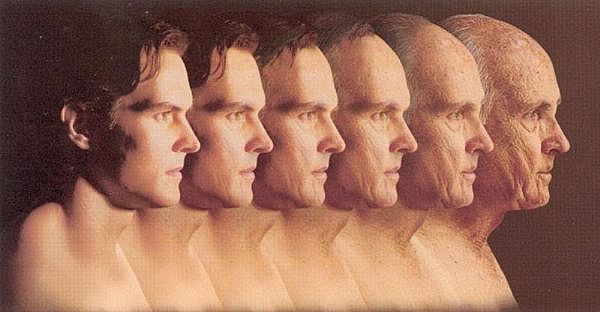 What physical changes occur, in general, as a person ages… and how can this affect their work?
What physical changes occur, in general, as a person ages… and how can this affect their work?
Our bodies change as we age. People reach full physical maturity or development at around the age of 25 years. Then after a period of relative stability, our bodies begin to show signs of aging. Most of these changes are first noticed at ages 40 or 50, but changes can occur (or start) as early as 20 or 25. These changes include:
- Maximum muscular strength and range of joint movement: In general, people lose 15 to 20% of their strength from the ages of 20 to 60. However, every person is different and there is a large range between individuals. However, most jobs do not require a person to use all their strength. Older employees may be able to perform the same tasks as a younger worker, but they may be working closer to their maximum level. The musculoskeletal system weakens over time, resulting in a decreased capacity for load-bearing work. Keep in mind that, for example, highly repetitive motions — doing the same thing, over and over again — can cause physical problems at any age.
- As we age, the body loses some ‘range of motion’ and flexibility. People may be used to certain range of movements at one task or workstation. Being less flexible or able to reach could cause problems in some unpredictable situations that require unusual movements.
- Cardiovascular and respiratory systems: The ability of the heart, lungs and circulatory system to carry oxygen decreases. Between the age of 30 and 65, the functional breathing capacity can reduce by 40%. These changes can affect the ability to do extended heavy physical labour, reduce the body’s ability to adjust to hot and cold conditions.
- Regulation of posture and balance: In general people may find it harder to maintain good posture and balance. When seated or standing still, this may not be a problem. However, accidents that happen because someone loses their balance do happen more often with age. Work that requires precise adjustments, strong muscular effort (including lifting and carrying), joint movements at extreme angles, or those done on a slippery or unstable surface, will be affected by poorer posture. Unexpected bumps or shocks may cause a more serious problem than with a younger worker.
- Sleep Regulation: As we age, our body is not able to regulate sleep as well as it used to. How long a person sleeps, and how well they sleep, can additionally be disrupted by changing work hours or by light and noise. The impact on employees is especially a concern for older shift or night workers. They might need more recovery time between shifts or extended workdays. Use of shift rotations that are the least disruptive to sleep patterns are preferred.
- Thermoregulation (Body Temperature): Our bodies are less able to maintain internal temperatures as well as less able to adjust to changes in external temperature or due to physical activity. This change means that older workers may find heat or cold more difficult to deal with than when they were younger. It also means that if they are doing hard manual labour, they may get overheated more easily.
- Vision: Vision changes with age. We will notice we cannot see or read from certain distances as well as we used to. This reduction in the “amplitude of accommodation” (the ability to see or adjust focus in certain distance ranges) is normally corrected with prescription glasses. Changes also occur in the peripheral visual field (how well you can see in the areas to the side of you, that you’re not directly looking at), visual acuity (how exact, clear, and “unfuzzy” things appear), depth perception (how far away things seem), and resistance to glare, and light transmission. These changes are normally not noticed by a person unless there is poor lighting or there are sources of glare. Someone might also notice that they can’t see as well when they’re reading something when text size is small, or when there is poor contrast between the text and the background. Brighter lighting (that is suitable for the task) and well laid-out documents which avoid small print are important.
- Auditory (Hearing): Hearing also changes. We may not be able to hear as well at higher frequencies (high pitch sounds). Most often, this change is noticed as the inability to listen to a particular voice or sound in a noisy environment. As well, people who work with a lot of background or noise may have difficulty hearing verbal instructions.
